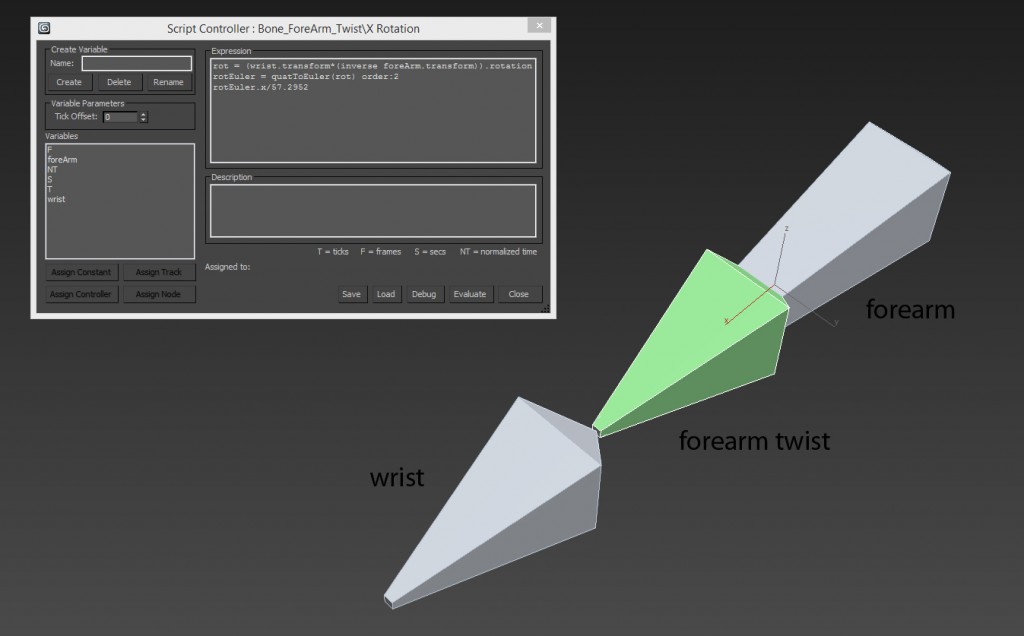This rig was skinned to a snake like creature which needed to perform actions like slithering, rearing its head and whipping its tail to attack. A regular spline solution that is commonly used for these kinds of movement was just not cutting it, the involved animator insisted that a much higher quality of animation could be achieved via FK follow through technique. The problem? To animate follow through in a slithering animation, the FK hierarchy should go from the head(parent) to the tail(last child) while, for a rearing animation, the FK hierarchy would need to go in a reverse direction – the rig would need to have FK controls working in both directions. Here is a demo of my solution, the Reverse FK rig:
The only drawback that this rig faced was that the ‘Mid Point’ can’t be keyed in the middle of the animation. It breaks the existing animation of the control curves since the snapping option affects transforms their previously inactive parent objects. This was easily overcome by breaking apart the animation into separate files at the frame when the Mid Point changes. These animations were later stitched together in code.

